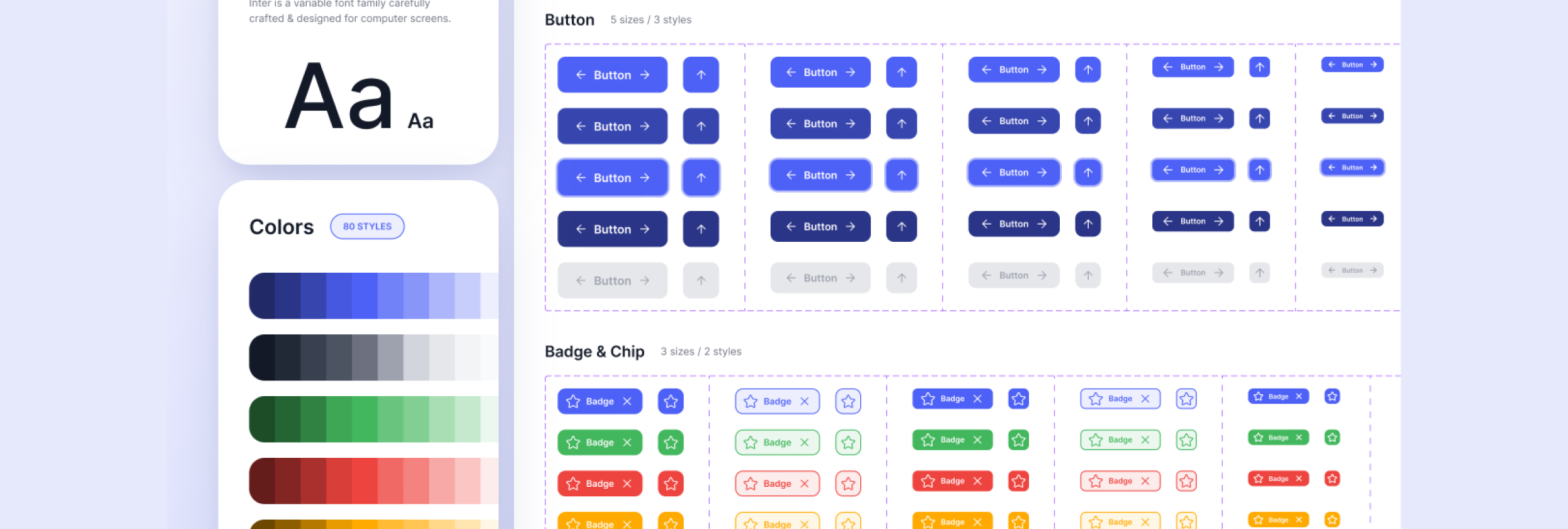Instead of just traditional search engines, users now ask conversational queries and expect instant, authoritative answers. That means content creators and brands need a new strategy: how to position yourself on LLMs so that your brand is cited, referenced or surfaced in AI-driven responses, and convert that into traffic, leads or engagement. In this article we’ll walk through 5 clear steps to help you do exactly that.
____________________________________________
Step 1: Understand What Users Are Asking on LLMs
Before you can show up in LLM responses, you must know the queries people ask LLMs and how they phrase them. Recent data show that LLMs often handle conversational, long-tail, question-style inputs (e.g., “What’s the best tool for X?”) rather than just short keywords.
What to do:
- Use your analytics tools (e.g., Google Search Console with regex filters) to find question-style queries your content already ranks for.
- Use tools or platforms that identify what people ask of LLMs (e.g., question lists from Perplexity or ChatGPT).
- Map those queries to your brand’s topics and identify which ones you don’t yet cover.
If your content doesn’t answer the conversational queries people ask of LLMs, your brand won’t be surfaced. According to recent research, this shift means you’re no longer optimising just for ranking — you must optimise for being referenced.
____________________________________________
Step 2: Create or Optimize Content Specifically for LLM Visibility
Once you know the types of queries being asked, you need to either produce new content or optimize existing content so LLMs understand and reference it. As one report explains, “LLM optimization is the process of adjusting your content so that LLMs can find and analyse it more easily.”
What to do:
- When creating new content: structure it to answer the query clearly, include supportive sub-topics, anticipate follow-up questions.
- When optimizing existing content: ensure the query is explicitly addressed, consider adding a dedicated section, refine headings, review for clarity.
- Use schema markup and ensure your site’s technical foundation (crawling, indexability) is solid — because LLMs rely on discoverable and well-structured sources.
LLMs don’t just rank like search engines. They interpret your content. The clearer, more structured and semantically rich your content, the more likely it is to be used as a source or cited in AI-driven answers.
____________________________________________
Step 3: Build Authority and Brand Mentions as Entities
One major shift is that LLMs favour content from recognized entities — brands, authors, organizations — that have a consistent presence and are cited often. You don’t just want to rank — you want to be referenced.
What to do:
- Ensure your brand (and the key topics you cover) are represented clearly as an entity. Create or refine your “About” page, author bios, brand descriptions, and link to authoritative sites (Wikipedia, Wikidata) if relevant.
- Secure mentions of your brand/content on other high-authority sites — guest posts, citations, media mentions. Each mention reinforces you as an entity.
- Monitor how LLMs currently mention your brand: ask ChatGPT or Perplexity to “Tell me about [Your Brand]” and see the result; refine accordingly.
When your brand becomes a known entity, LLMs are more comfortable referencing your content as a trustworthy source. This increases your chance of being surfaced when users ask relevant questions.
____________________________________________
Step 4: Prioritize High-Value Content & Internal Linking for LLM Discoverability
You can’t optimise everything at once — so focus on the content that matters most and ensure your site architecture supports it. Since LLMs crawl and interpret your content, you want your best pages to be the ones they evaluate.
What to do:
- Identify your high-value pages: those that align closely with critical queries, represent core topics, have potential to convert.
- Use internal linking to structure your site: have strong “hub” pages that link to “spoke” pages on related topics. This creates a topical cluster that LLMs can more easily interpret.
- Review your crawl logs or webmaster tools to ensure LLM-bots (or Common Crawl) are accessing your best pages; block or minimise low-value pages that might confuse bots.
LLMs are not about click rankings alone — they’re about interpretation. If your best content is hidden in a maze or buried behind weak links, the models may not surface it. You need clarity, focus and structure.
____________________________________________
Step 5: Monitor, Measure & Iterate for LLM Traffic Growth
Optimising for LLMs is not a one-time set-and-forget task. As the technology evolves, so do how queries are asked and how LLMs source and reference content. You’ll need to monitor performance and iterate.
What to do:
- Track your referral traffic from AI search/chat platforms where possible (e.g., links from tools, branded queries, mention data).
- Periodically test your brand’s visibility by asking LLMs queries and noting how you are referenced.
- Refresh content based on new query patterns, update structural markup, grow entity mentions, and evolve internal linking accordingly.
- Stay current with LLMO/GEO/AEO guidelines and experiments, the field is moving quickly.
LLMs learn and shift: they use updated data, change how they source answers, and users change how they ask questions. Maintaining and adapting your strategy ensures ongoing visibility rather than a one-time spike.
____________________________________________
Conclusion
Positioning yourself on LLMs and attracting more traffic goes beyond traditional SEO. It involves understanding conversational queries, structuring content for interpretation, building your brand as an entity, focusing your site architecture on high-value pages and continuously monitoring and iterating your strategy. By following these five steps you’ll be in a strong position not just to rank — but to be cited and used by the next generation of search and conversational platforms.
FAQs
Q1: Do I still need traditional SEO if I’m focusing on LLMs?
- Yes, traditional SEO remains the foundation (site speed, crawlability, mobile-friendly, links). Optimising for LLMs builds on that foundation.
Q2: Which LLM platforms should I target first?
- Start with the major ones where your audience is likely active (e.g., ChatGPT, Perplexity, Gemini). But monitor emerging platforms too.
Q3: How soon can I see results from LLM optimisation?
- There’s no fixed timeline, it depends on your niche, existing content quality and brand authority. But consistent efforts often show measurable lifts within months.
Q4: What if my brand is very new or unknown?
- Focus initially on building your entity presence: mention your brand consistently, guest posts, media mentions, and create high-quality content. Over time this builds authority.
Q5: Are there risks to optimising for LLMs?
- One risk is neglecting your human audience, always keep user value front and centre. Another is relying only on AI traffic; diversification remains important.











